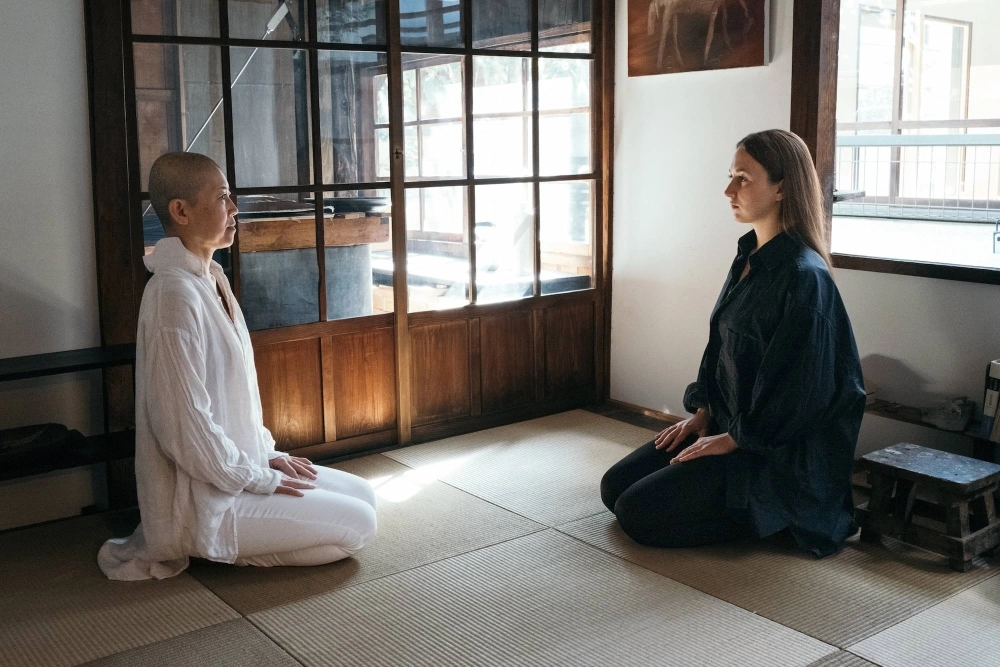In 2020, with the world locked at home, consumer sales of office chairs in the U.S. jumped by 75%. Podcasts, articles, how-tos and buying guides sprouted up seemingly overnight in response to the troubling reality that many white-collar workers now faced: The chairs they had at home were terrible.
Those of us with desk jobs — which in Japan is an estimated 28% of the workforce — share a common and persistent problem called sitting. Even in the years before the pandemic, all sorts of new contraptions had come up on the market — not just standing but walking and cycling desks, not just ergonomic chairs but ones you could kneel on, even ones that bounce.
But the pandemic eliminated the office commute and forced many people to reckon with the fact that they now spent roughly a third of the day stationary in chairs. It became a familiar feeling, getting to the end of the workday only to realize your total steps had been 50 — to the kitchen and back, to the bathroom and back — and intentionally spreading out errands, however inefficiently, just to have somewhere to go and stretch your legs. Prolonged sitting is linked with an increased risk of insomnia, depression, obesity, cardiovascular problems and death. It has been years since people have been calling sitting the new smoking — but three years into the pandemic, we now collectively have smoker’s cough. Sitter’s bum, if you will.

















With your current subscription plan you can comment on stories. However, before writing your first comment, please create a display name in the Profile section of your subscriber account page.